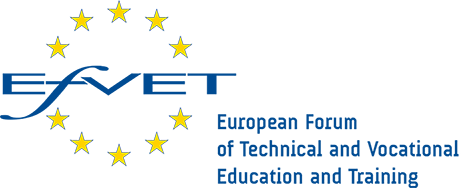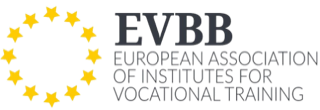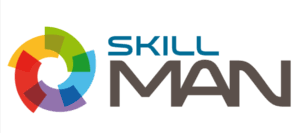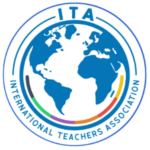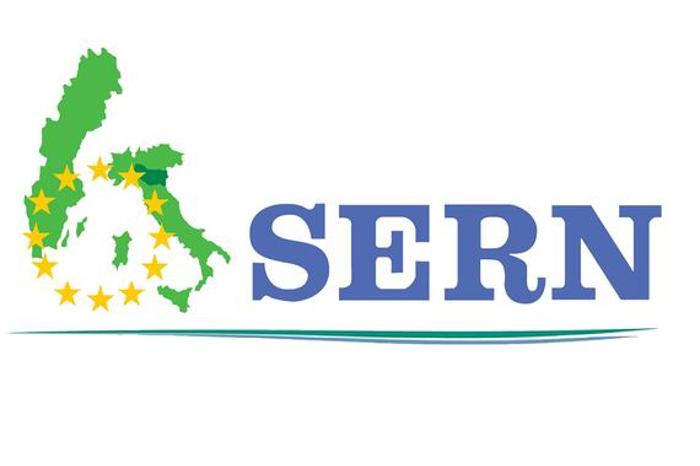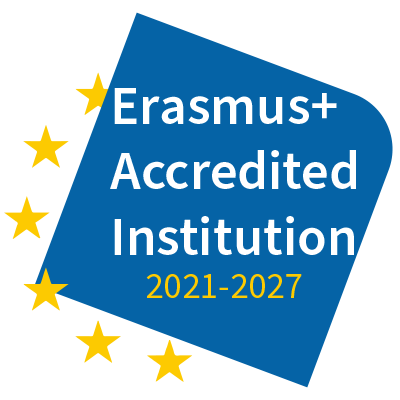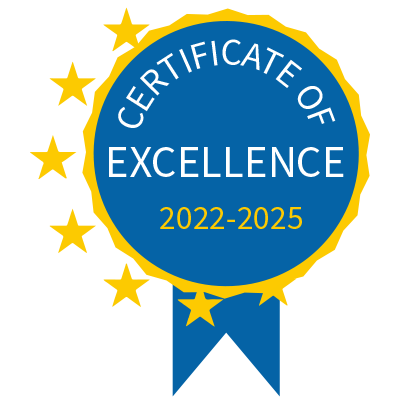
Erasmus KA122 projects are a direct and simple way to benefit from the Erasmus+ program and European mobility experiences for pupils and school staff. Let’s discover them together and see who can participate and how to apply.
What are Erasmus KA122 projects?
Erasmus KA122 projects (short-term projects for mobility of learners and staff in school education) are short-term initiatives that offer schools, particularly those with no prior experience in European project design, the opportunity to participate.
These projects offer a straightforward and accessible way to benefit from the Erasmus+ programme and European mobility experiences for both students and school staff.
This type of mobility allows schools to plan activities with easily manageable funding, gaining experience within the programme, though there are some limitations on the number of participants and duration: the maximum number of participants is 30, and the duration can range from 6 to 18 months.
Who can participate in Erasmus+ KA122 projects?
There are two types of organisations eligible to participate in the Erasmus+ KA122 programme:
Public or private schools, at pre-school, primary, or secondary level, whether general, technical, or vocational, as well as early childhood education services authorised under regional and/or national legislation;
Public authorities, local and regional bodies, coordination agencies, and other organisations active in the school education sector, with a specific role assigned under regional and/or national legislation.
For each selection cycle, an organisation can apply for only one short-term project in the field of school education and cannot apply for the same project in the second selection cycle.
Erasmus+ KA122 opportunities for learners
Through a KA122 project, learners have the chance to undertake a period of study or an internship in one of the programme countries.
There are four types of mobility programmes available for learners:
Group mobility for learners (2 to 30 days): this mobility involves activities that allow learners to experience different cultures, languages, and school systems while learning alongside peers from a host school in another country. The group must be accompanied by teachers or other authorised individuals from the sending school for the entire duration of the activity.
Short-term individual mobility (10 to 29 days): this mobility allows learners to spend time in a programme country studying at a partner school. Alternatively, students can undertake an internship at another relevant organisation, based on a learning programme defined by the school for each student.
Long-term individual mobility (from one month to one year): this mobility offers the opportunity to live a long-term European experience, either by studying at a partner school or completing an internship at another relevant organisation.
Blended mobility: this mobility integrates learners’ real experiences with virtual activities.
Erasmus+ KA122 opportunities for staff
School staff also have the opportunity to participate in mobility experiences.
The aim is to enhance both the European dimension and the quality of teaching by fostering professional development, language learning, and the sharing of best teaching practices with other teachers from different countries.
The following staff can take part in these mobilities:
Teachers
School principals
Non-teaching staff employed by the school
Teachers with expiring or annual contracts can also participate, provided they are in service at the time of the mobility.
There are five types of mobility available for school staff:
Job Shadowing (2 to 60 days): this mobility involves a period of job shadowing at a partner school or another relevant organisation in the field of school education, allowing participants to observe work methods and acquire new strategies for teaching, assessment, and school organisation.
Teaching activities (2 days to 1 year): this mobility involves school staff being assigned teaching duties at a European school for early childhood education operators and primary or secondary school teachers. Both the sending and hosting institutions must be schools.
Structured courses and training events (2 to 30 days): participation in courses, conferences, and training seminars on topics aligned with the project’s objectives is also available. The course cost is covered by the grant for up to 10 days per participant.
Preparatory visits: these involve visiting the host school or organisation. The visit can be undertaken by a person responsible for staff mobility activities and involved in the project’s organisation.
Blended mobility: this combines physical staff mobility with virtual activities to broaden and complement the experiences.
How to apply to a KA122 project
Applications are not submitted individually but must be presented by the school (or by the consortium coordinator on behalf of the schools). Once the project is approved, the school will be responsible for selecting candidates for the various types of mobility.
To submit a short-term mobility project application, the following steps must be completed through the European portal for applicants and beneficiaries:
Create or have an EU login account to access the online web form;
Obtain the OID (Organisation ID), which must be included in the application;
Complete the application form, which can be done in multiple sessions;
Print, sign, and scan the declaration of honour;
Submit the web form online by the specified deadline.
For more information and to view the updated deadlines, please refer to the following resource.





